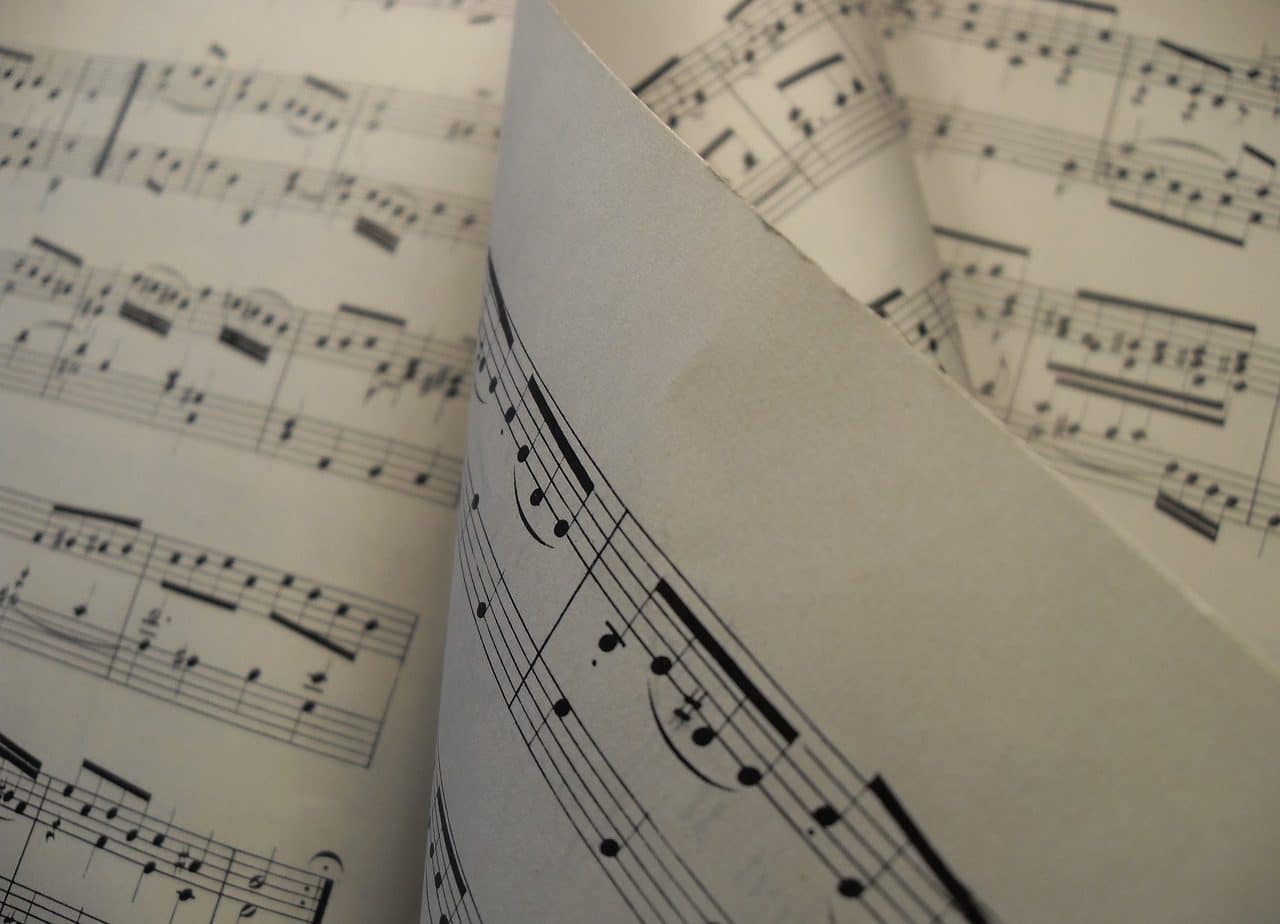
Consonance is the quality of sounds that produce a pleasant effect when perceived simultaneously.
Consonance is a concept that derives from the Latin consonantĭa and has multiple uses. In the field of music , consonance aims to highlight the quality of sounds that, when appreciated simultaneously, generate a pleasant effect .
It should be noted that it is possible to establish an opposition between consonance and dissonance . Musical intervals with consonance have a less tense effect than those where there is dissonance. It is important to keep in mind that consonance is a subjective concept that usually varies over time , since it is associated with certain styles and rules that are followed in the composition of music.
The intervals of perfect 8th, perfect 5th, perfect 4th, major 3rd, minor 3rd, major 6th and minor 6th, as well as the compound intervals that emerge from the previous ones, are usually considered consonances today.
When we talk about dissonance, what we do is refer more specifically to the entire set of sounds that a person's ear perceives with a certain tension. This fact is what gives rise to these sounds being rejected. Among the best-known dissonances are the intervals of the major second, those of the minor seventh, those of the minor second or those of the diminished fifth.
Consonance, dissonance and evolution
This differentiation of sounds, the delimitation of consonance and dissonance, is important to emphasize that music experts define as evolutionary . And the passage of centuries and years has given rise to music evolving and this has translated into a palpable transformation when it comes to composing and also listening to sounds.
With this evolution, therefore, what has occurred is a palpable change in the perception of those. In this way, today we can take as sounds typical of consonance those that in other times were surely classified or framed within the scope of dissonance. Music Theory is responsible for studying all of this.

The delimitation of consonance changes over time.
Other uses of the notion
Suggested consonance , on the other hand, is the procedure that a composer develops so that dissonances lose their tense condition and are accepted for their harmonic sonority.
Beyond music, consonance is usually linked to sound identity according to the ending of two words starting from the vowel that carries the accent and to the unmotivated use of consonant voices that are very close.
This would also give rise to the existence of what is known as assonant rhyme and consonant rhyme . The first of these occurs when all the vowels match but there is at least one consonant that does not match. Meanwhile, in the second case, what occurs in consonant rhyme is that all the phonemes coincide based on what is the stressed vowel.
Consonance as conformity
Consonance, on the other hand, is a relationship of conformity that certain things maintain with each other.
For example: "The mayor has always developed policies in line with the proposals of the national government" , "I do not believe that the singer's wardrobe is in line with the religious songs she sings in her performances" , "There is no consonance between what was said and what was done by some footballers .
